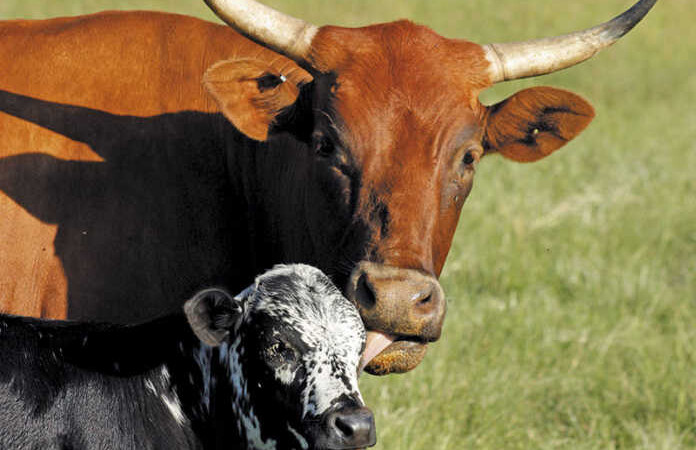

For top performance, breed your heifers a month before your cows and keep the breeding period short at around 45 days. This will allow heifers to calve at the peak of the calving season and provide more time for them to recover.
For a heifer, artificial insemination is often a good option, as it allows for the opportunity to measure the animal’s pelvis, which is an indication of the heifer’s ability to calve. While it is agreed that birthweight is the most important measurable trait affecting calving difficulty, there is evidence that the size and shape of the pelvis also affect a heifer’s calving ability.
It is vital to choose the right bull for heifers. Calving ease is one of the most important selection criteria for bulls earmarked for heifers.
A bull-to-heifer ratio of between 1:15 and 1:25 is recommended to ensure optimum conception and calving rates.
Heifers need to be closely monitored during the calving season. If the calf is not born within 30 minutes after the legs first appear, the dam needs to be assisted.
Every additional 30 minutes during the birth adds an additional six days to the mother’s intercalving period. This is because the stress of birth on the cow is extended. A longer birthing process may also lead to damage to the reproductive system.
The sooner the heifer calves, the more time she has to recover and the higher her chances of reconception. For the producer, this means a regular supply of calves from the heifer during her lifetime, coupled with increased weaning weights compared with heifers that take longer to calve.
Heifers that take longer to calve may produce weaners with lower weights, as they have had less time to recover from the birth.
 Contact Jaguza Support
Contact Jaguza Support